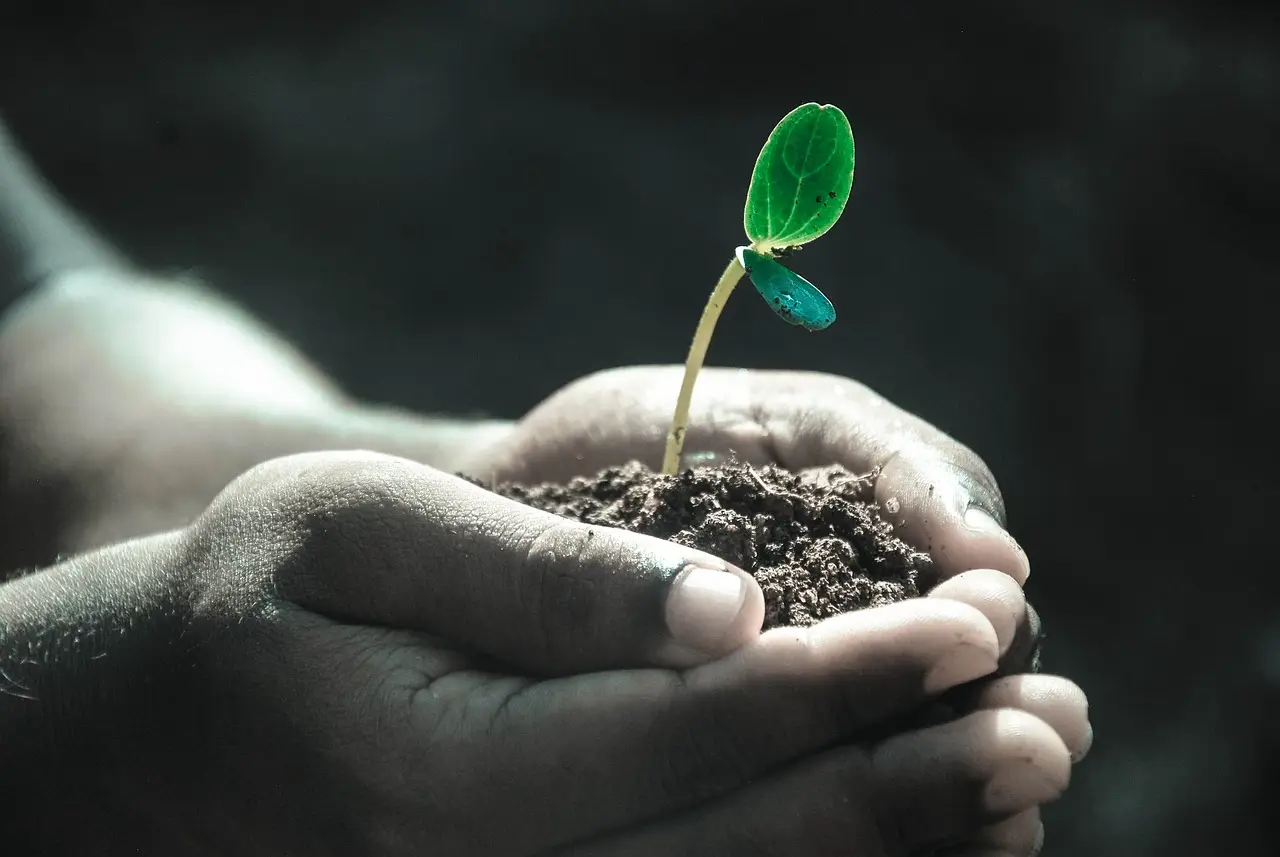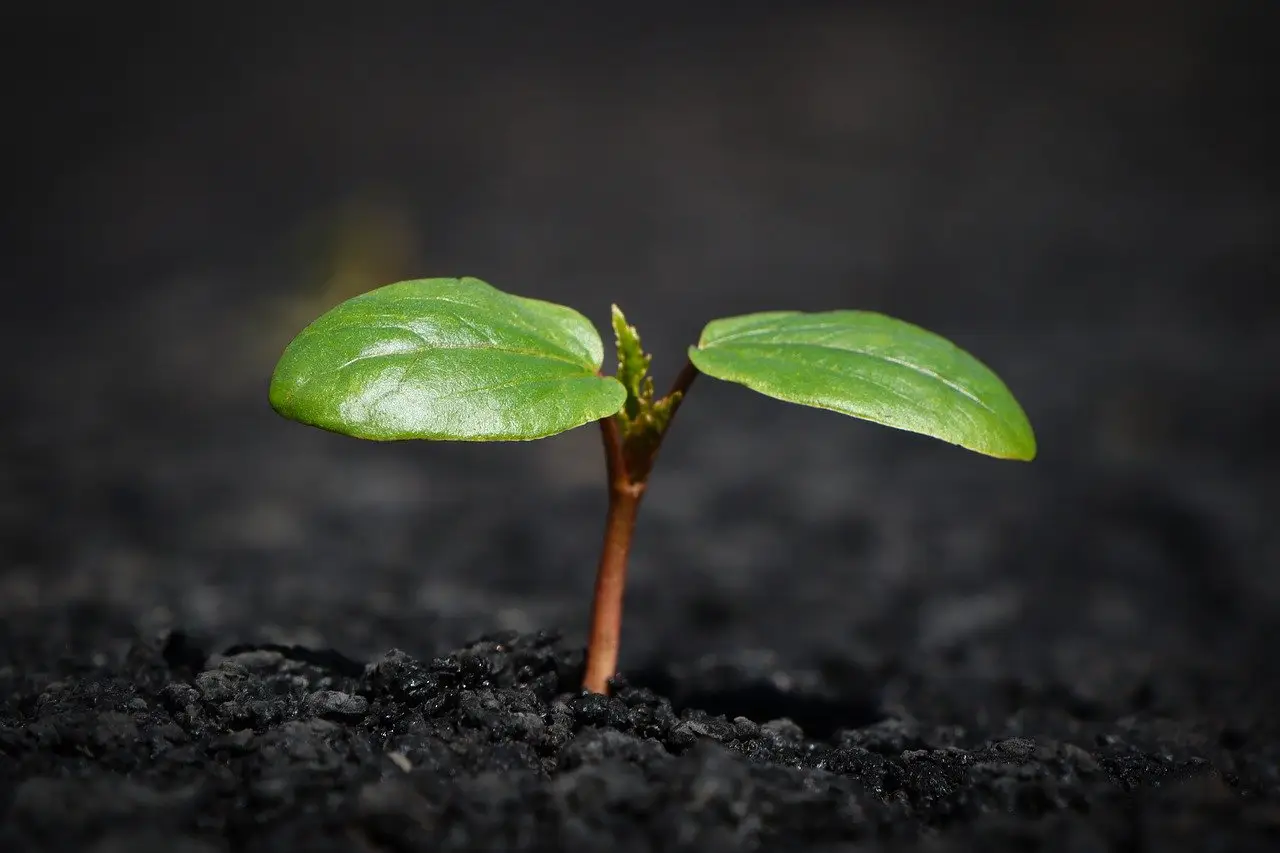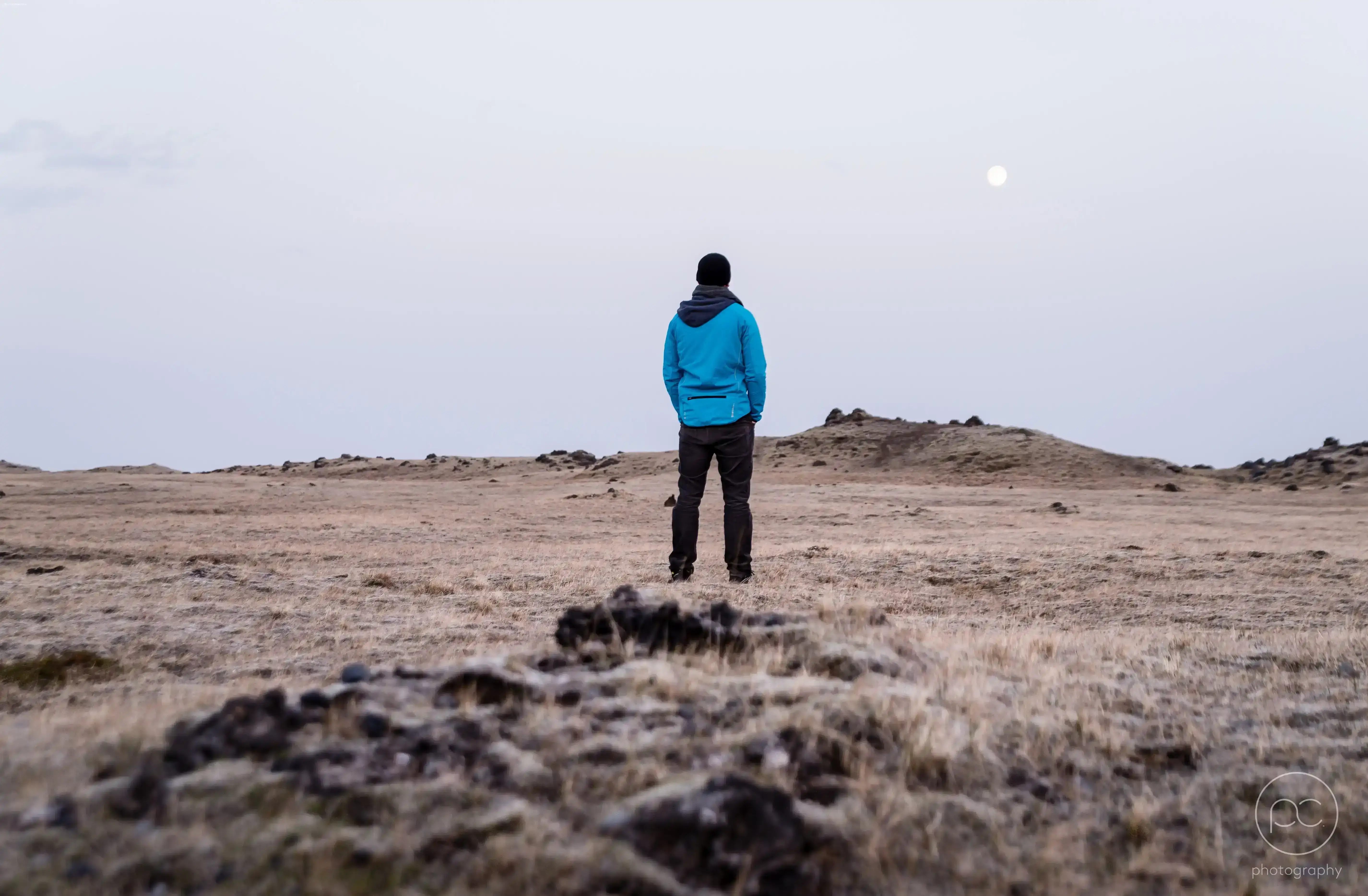5 min to read
Type of Soil on Earth: A brief intoduction

Have you ever wondered why soil appears different in various places? There are distinct variations in soil colour, texture, and purpose depending on the location. For example, some soils may have a reddish hue, while others may be dark brown or grey. Additionally, the texture of soil can range from sandy and coarse to fine and smooth. These differences in soil characteristics have a significant impact on their suitability for specific uses, such as agriculture, landscaping, or construction.
 Introduction
Introduction
This article will dive into the fascinating world of the top layer of the Earth’s surface, which covers the vast majority of the planet. We will explore the intricate process of soil formation, examining its unique characteristics and various types. By the end of this article, you will gain a deeper understanding of the vital role that soil plays in sustaining life on our planet.
 Table of Contents
Table of Contents
- Introduction
- Table of Contents
- How Do Soil Form?
- Type of Soil.
- Why there is so much types of soil ?
- Soil Importance for the Envionment
- Key Takeaways 📌
 How Do Soil Form?
How Do Soil Form?
 Type of Soil.
Type of Soil.
Soil can be divided mainly into 4 parts.
- Sandy Soil
- Silt Soil
- Clay Soil
- Loamy Soil
 Sandy Soil
Sandy Soil
Sandy soil is known for being lightweight and dry and is typically found in areas with low rainfall and high temperatures, such as deserts. It has larger particles compared to other soil types, which makes it unsuitable for growing vegetables as it cannot hold the minerals and water necessary for plant growth. However, some plants have evolved to survive in sandy soil environments.
 Silt Soil
Silt Soil
Silt soil is made from medium size particle(smaller than sandy soil) and bigger then clay and has capability of holding of mositure, nuturition and has high fertility rate. It mostly found near water bodies and doesn’t hold water that much so It’s a perfect soil for plants that deosn’t require much better or can be damaged with exceeds of water.
Rice, wheat, sugarcane, pulses, vegetables, fruits, and oilseeds are some examples of crops that can be grown in silt soil.

 Clay Soil
Clay Soil
Clay soil is the densest and heaviest type of soil among all three types. It has excellent water holding capacity because its particles are tightly packed, leaving very little space for moisture. This also causes the soil to become hard when it’s dry. Due to this characteristic, it is often used in earthen pots.
 Loamy Soil
Loamy Soil
Loamy soil is a nutrient-rich blend of sand, silt, and clay, which is considered to be the ideal medium for growing crops and vegetables. This type of soil has a balanced texture and structure that allows it to retain water and nutrients while also providing adequate drainage and aeration to plant roots.
A perfect loamy soil would contain 40% sand, 40% silt, and 20% clay, and it is often referred to as agricultural soil due to its ability to support healthy and robust plant growth. With its excellent fertility and versatility, loamy soil is highly prized by gardeners and farmers alike.
 Why there is so much types of soil ?
Why there is so much types of soil ?
Soils are made up of rocks, and different types of rocks form different types of soil. Climate is also a significant factor in soil formation, as high temperatures and rainfall can have a significant effect on the soil.
Plants, animals, and microorganisms all play a role in breaking down organic matter and adding nutrients to the soil. Different types of organisms will create different soil conditions.
Time is also a critical factor in soil formation, as it takes thousands of years to form soil. It’s a slow process, so young soil may have different characteristics compared to old soil.
 Soil Importance for the Envionment
Soil Importance for the Envionment
Soil is a complex and essential element of our environment. It provides a vital foundation for plant life to thrive, enabling the growth of vast forests, fields of crops, and other types of vegetation.
Additionally, soil plays a crucial role in regulating climate patterns, helping to maintain a healthy balance of temperature and moisture levels.
It also acts as a natural filter, purifying water and removing harmful pollutants.
Lastly, soil provides critical protection for countless organisms, acting as a supportive habitat and shelter. Its importance cannot be overstated in maintaining the balance and health of our planet’s ecosystems.
 Key Takeaways 📌
Key Takeaways 📌
- Soil varies in color, texture, and purpose depending on location.
- Soil forms over thousands of years through the breakdown of rocks and organic matter. Climate, organisms, and time all influence soil formation.
- Sandy soil is lightweight and dry, common in deserts, and suitable for specific plants.
- Silt soil is fertile, found near water, and ideal for crops like rice and wheat.
- Clay soil is dense and water-retentive, often used for earthen pots.
- Loamy soil, a blend of sand, silt, and clay, is optimal for agriculture.
- Soil is essential for plant growth, providing nutrients and anchorage.
- It regulates climate, filters water, protects biodiversity, and prevents erosion.
- Healthy soil is crucial for human health and a sustainable environment.




Comments